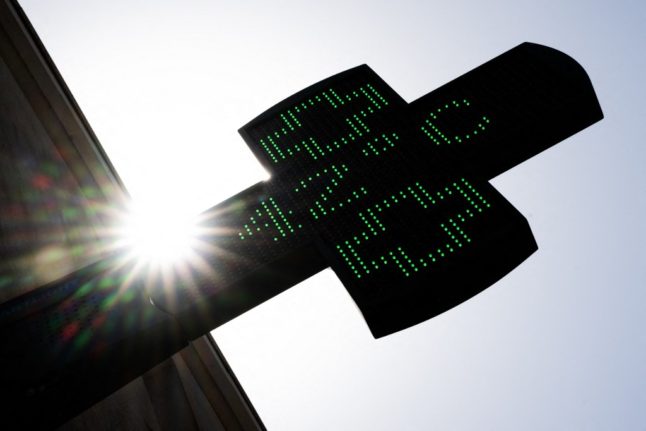With 33 days of extreme heat overall, average temperatures for June, July and August were 2.3C above normal for the period of 1991-2020.
It was surpassed only by the 2003 heatwave that caught much of France unprepared for prolonged scorching conditions, leading to nearly 15,000 heat-related deaths, mainly among the elderly.
Data is not yet available for heat-related deaths this summer, but it is likely to be significantly lower than 15,000 thanks to preventative measures taken by local and national authorities.
Most experts attribute the rising temperatures to the climate crisis, with Météo France noting that over the past eight summers in France, six have been among the 10-hottest ever.
By 2050, “we expect that around half of summer seasons will be at comparable temperatures, if not higher,” even if greenhouse gas emissions are contained, the agency’s research director Samuel Morin said at a press conference.
The heat helped drive a series of wildfires across France this summer, in particular a huge blaze in the southwest that burned for more than a month and blackened 20,000 hectares.
Unusually, wildfires also broke out even in the normally cooler north of the country, and in total an area five times the size of Paris burned over the summer.
Adding to the misery was a record drought that required widespread limits on water use, with July the driest month since 1961 – many areas still have water restrictions in place.
MAP: Where in France are there water restrictions and what do they mean?
Forecasters have also warned that autumn storms around the Mediterranean – a regular event as air temperatures cool – will be unusually intense this year because of the very high summer temperatures. A storm that hit the island of Corsica in mid August claimed six lives.
“The summer we’ve just been through is a powerful call to order,” Prime Minister Elisabeth Borne said on Monday, laying out her priorities for an “ecological planning” programme to guide France’s efforts against climate change.



 Please whitelist us to continue reading.
Please whitelist us to continue reading.
Member comments